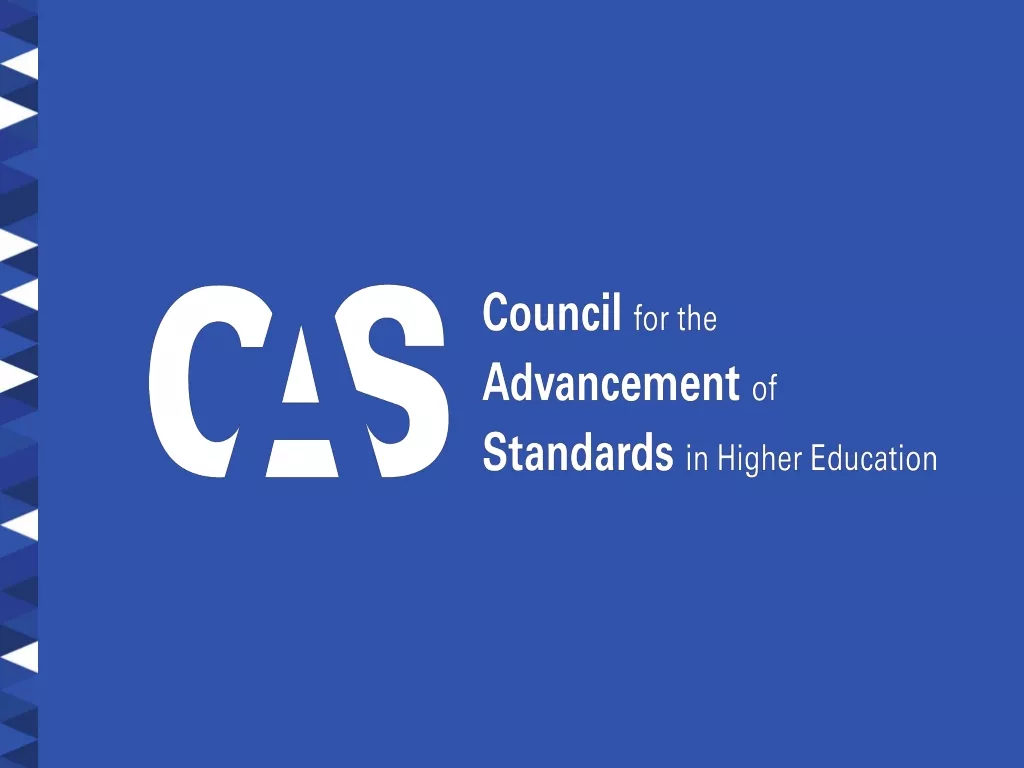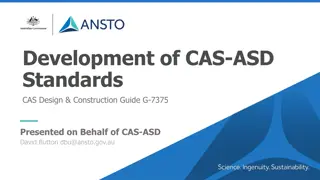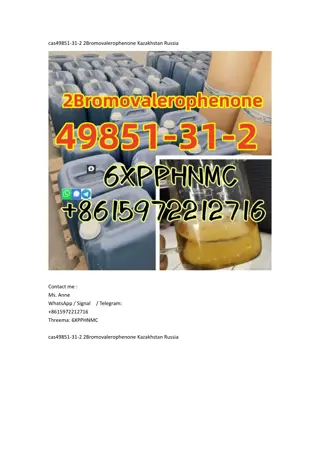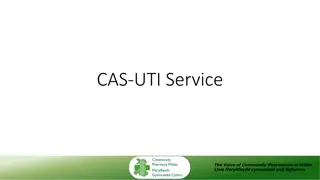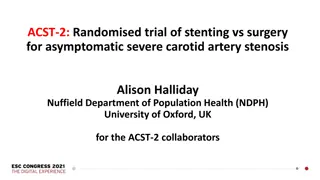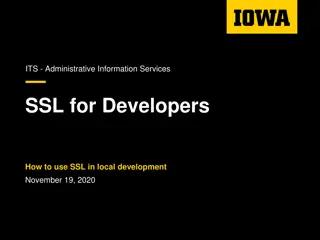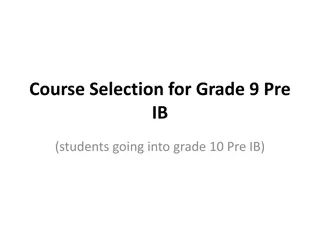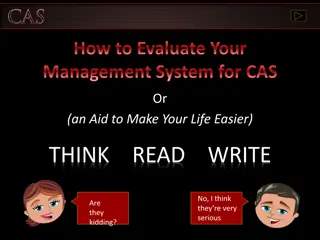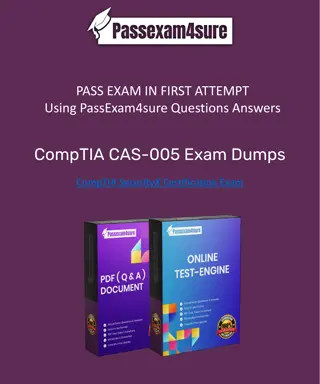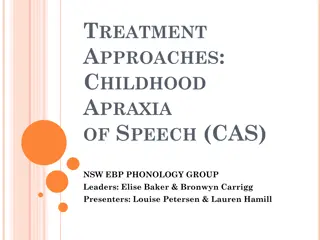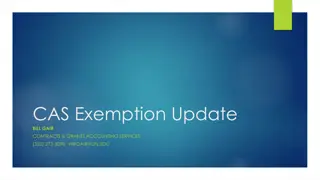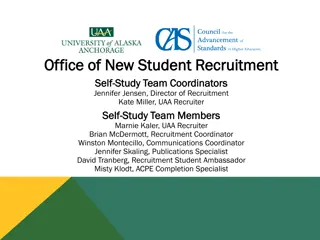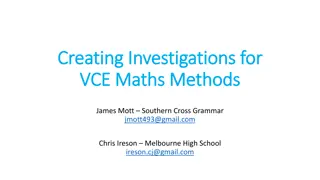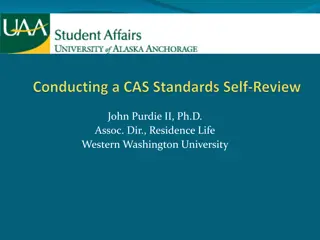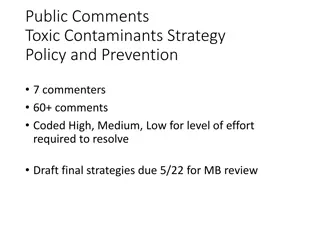
Case Study: Understanding and Treating Attentional and Executive Functioning Disorders in Neuropsychology
Explore the case of Antoine, a 6-year-old with attention and executive functioning difficulties. The evaluation reveals deficits in sustained attention, inhibition, and motor skills. Medication and neuropsychological interventions were implemented, leading to repeat of grade and integration into specialized education. Specific exercises targeting attention and inhibition were conducted regularly to improve cognitive functions.
Download Presentation

Please find below an Image/Link to download the presentation.
The content on the website is provided AS IS for your information and personal use only. It may not be sold, licensed, or shared on other websites without obtaining consent from the author. If you encounter any issues during the download, it is possible that the publisher has removed the file from their server.
You are allowed to download the files provided on this website for personal or commercial use, subject to the condition that they are used lawfully. All files are the property of their respective owners.
The content on the website is provided AS IS for your information and personal use only. It may not be sold, licensed, or shared on other websites without obtaining consent from the author.
E N D
Presentation Transcript
Etude de cas -Antoine prise en charge de troubles attentionnels et ex cutifs en neuropsychologie Journ e clinique 01 juin 2018 Line Vossius Maelle Neveu Laurence Rousselle
Antoine -6 ans 0 mois Plusieurs valuations ne permettant aux parents de comprendre le fonctionnement de l enfant 3ematernelle -question du redoublement avant int gration scolaire ou enseignement sp cialis Anamn se (Avril 2017) Difficult s d attention soutenue et d inhibition relev es par les parents et les enseignants Motricit globale Ok mais difficult s de motricit fine Autonomie restreinte Myopie corrig e + semelles orthop diques pour jambe en X
Raisonnement & consignes simples OK Attention et fonctions ex cutives Alerte d ficitaire Vitesse de traitement d ficitaire Attention s lective d ficitaire Inhibition motrice et verbale d ficitaire Conclusion du bilan (Juin 2017) M moire de travail d ficitaire M moire long terme d ficitaire Fonctions praxiques globalement OK Prise en charge m dicamenteuse coupl e avec une prise en charge neuropsychologique (Attention & FE) Redoublement de la 3ematernelle (avec int gration)
Prise en charge mdicamenteuse mise en place en aout Redoublement & int gration partir de septembre Prise en charge (Octobre 2017 Mars 2018) Prise en charge au niveau de l attention et des fonctions ex cutives mise en place d but octobre A l cole, 30-45 minutes 1x par semaine
Sance 4 13 Prise en charge S ances 2, 3, 4 Lignes de base pr S ances 2, 3, 4 Lignes de base post S ance 1 Intro R union Objectifs principaux : Inhibition & Attention soutenue (plaintes) Exercices syst matiques d inhibition Jeux d inhibition li s la vie quotidienne Jeux d attention soutenue li s la vie quotidienne Flexibilit (KITAP) Barrage (WISC V) M moire des chiffres (WISC V) Inhibition verbale ( subtest Inhibition verbale NEPSY II) Inhibition motrice (Go/No go KITAP) Flexibilit (subtest flexibilit KITAP) Effet Test-Retest Inhibition verbale ( subtest Inhibition verbale NEPSY II) Inhibition motrice (Go/No go KITAP) Flexibilit (subtest flexibilit KITAP) Prise en charge (Octobre 2017 Mars 2018) Attention soutenue (nombres d omissions Go/ No go TAP) Vitesste de traitement (d nomination de l inhibition verbale NEPSY II) Attention s lective (Barrage WISC V) Attention soutenue (nombres d omissions Go/ No go TAP) Vitesste de traitement (d nomination de l inhibition verbale NEPSY II) Jeux de cartes ou autres bien connus de drill de l inhibition Attention s lective (Barrage WISC V) Inhibition verbale (NEPSY II) Go / No go (KITAP) M moire de travail (M moire des chiffres WISC V) M moire de travail (M moire des chiffres WISC V) Exemple : Rester sur un dessin de + en + longtemps sans s en d sint resser Exemple : Ne pas poser de questions avant la fin d 1, 2, 3 pages
Inhibition verbale & inhibition motrice Temps de r alisation - Inhibition verbale (NEPSY II) Nombre d'erreurs -Inhibition verbale (NEPSY II) 600 60 500 50 * 400 40 300 30 200 20 100 10 Premiers r sultats 0 0 Pr 1 Pr 2 Pr 3 Post1 Post2 Post3 Pr 1 Pr 2 Pr 3 Post1 Post2 Post3 Temps de r action - Go/No Go (KITAP) Nombre d'erreurs - Go/No Go (KITAP) 800 16 700 14 * 600 12 500 10 400 8 300 6 200 4 100 2 0 0 Pr 1 Pr 2 Pr 3 Post1 Post2 Post3 Pr 1 Pr 2 Pr 3 Post1 Post2 Post3
Flexibilit Temps de r action - Flexibilit (KITAP) 3500 3000 2500 2000 Premiers r sultats 1500 1000 500 0 Pr 1 Pr 2 Pr 3 Post1 Post2 Post3 Nombre d'erreurs - Flexibilit (KITAP) 14 12 10 8 6 4 2 0 Pr 1 Pr 2 Pr 3 Post1 Post2 Post3
Attention slective, vitesse de traitement et attention soutenue Temps de d nomination - Inhibition verbale (NEPSY II) Note totale -Barrage (WISC V) 350 35 300 30 * 250 25 200 20 m. s. Premiers r sultats 150 15 100 10 50 5 0 0 Pr 1 Pr 2 Pr 3 Post1 Post2 Post3 Pr 1 Pr 2 Pr 3 Post1 Post2 Post3 Nombre d'omissions - Go/No Go (KITAP) 12 10 8 * 6 4 2 0 Pr 1 Pr 2 Pr 3 Post1 Post2 Post3
Mmoire de travail (mesure contrle) Note totale - M moire des chiffres (WISC V) 5 4 Premiers r sultats 3 2 1 0 Pr 1 Pr 2 Pr 3 Post1 Post2 Post3
Perspectives futures



